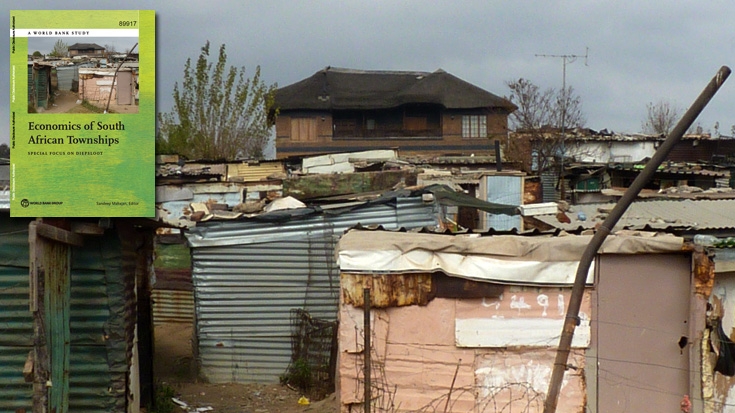“Addressing the spatial inequalities in the country, reflected in the townships, is essential to improving the lives of people,” said Asad Alam, World Bank Group country director for South Africa. “We hope this study will help promote evidence based analysis and policy making on this important matter.”
The study focuses on economic activity in T&IS using specially commissioned household and business surveys conducted in Diepsloot, and suggests interventions townships and informal settlements need to be embedded in a holistic, integrated national economic and urban strategy. It further finds that national interventions need to be complemented by local interventions to create jobs and improve service delivery.
Under apartheid, black people were forced to live in the dormitory-style townships that were built as far away as possible from economic city centers. Post-apartheid development policies led to the construction of townships filled with government housing and limited access to some social services. However, these townships were often built as far, if not farther, than the original apartheid townships. Over the same period, there has been a massive growth of informal settlements. Diepsloot shares many economic characteristics of South African townships such as joblessness, uneven access to basic public services, and overwhelming levels of crime and violence but in some respect it is atypical – newer, poorer, more informal and has a bigger proportion of foreign migrants.
With a population of nearly 200,000, half of whom live in shacks, Diepsloot, which is wedged between two metropolitan areas of Johannesburg and Pretoria, is struggling to gain a viable economic foothold in the urban mainstream even though it is closer to city centers than many other T&IS; the report notes that it is still only partially integrated into the economic and social fabric of the cities. Reasons include the disproportionate constraints faced by the poor because of lack of education, high transport and other job search costs and the limited scope for job creation via self-employment. The report also reports crime, access to space and to electricity to be the top three frequently cited constraints to starting own businesses and creating self-employment options.
Interviews with Diepsloot’s residents included in the report show a mix of feelings ranging from anger, fear and suspicion to aspiration, hope and longing for opportunities. Despite its challenges, informal businesses are growing, creating a circular flow of income within Diepsloot. According to the report, unleashing this energy by enabling a more viable informal modernizing economy in Diepsloot and elsewhere in large urban townships and then strengthening its linkages with the much richer urban centers may hold the key to the nation’s goal of faster, more inclusive growth.

